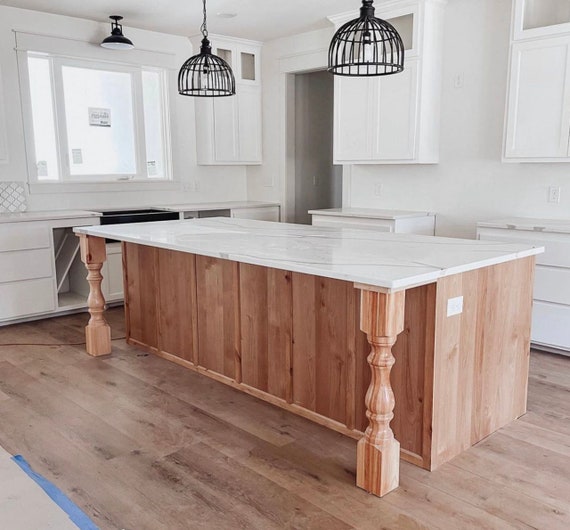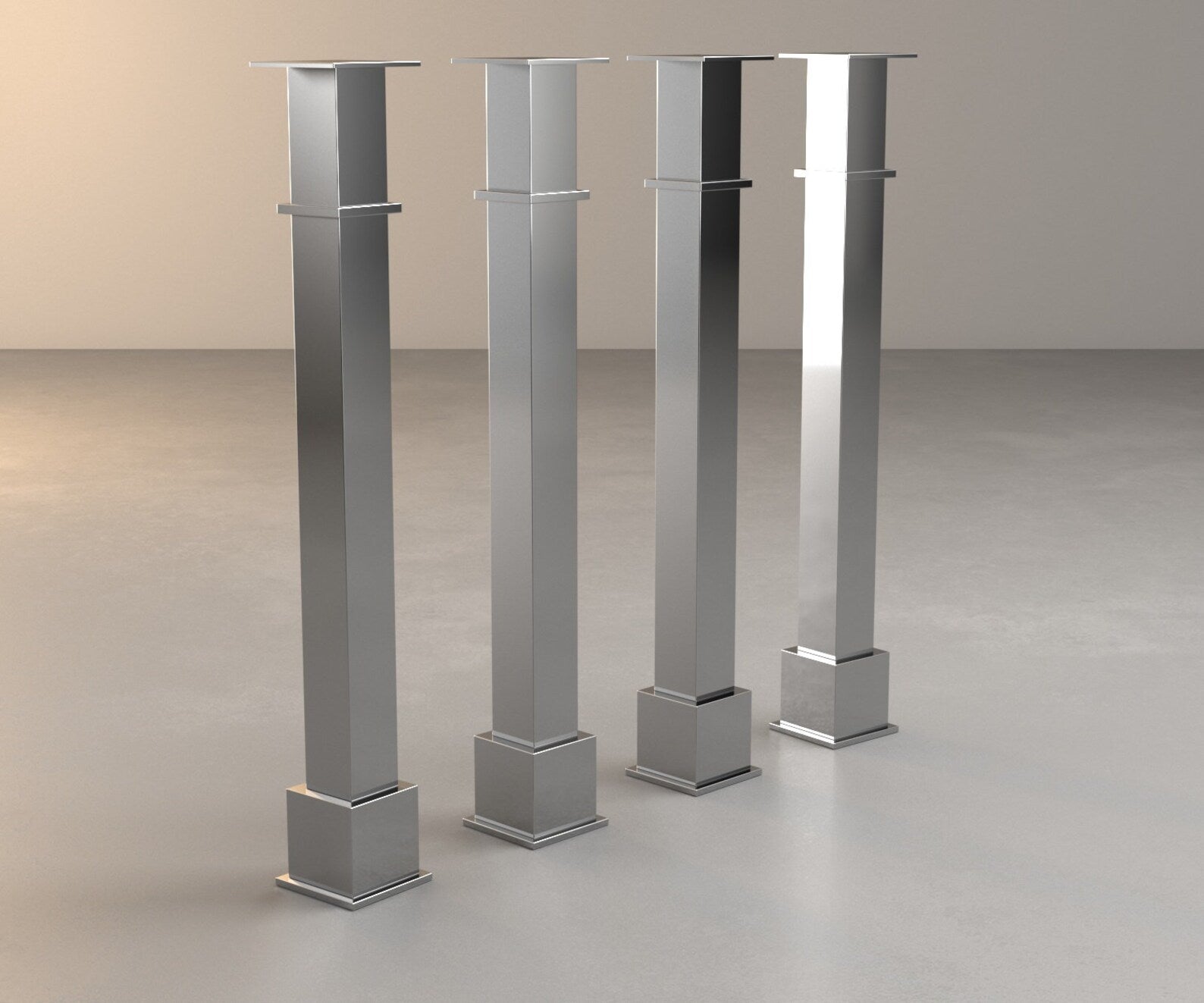The Top Kitchen Island Leg Styles to Enhance Any Style Aesthetic
The Top Kitchen Island Leg Styles to Enhance Any Style Aesthetic
Blog Article
The Relevance of a Sturdy Kitchen Area Island Leg in Creating a Functional Cooking Area
A tough kitchen area island leg functions as an essential element in developing a practical food preparation setting, providing necessary support for both the countertop and different kitchen area activities. The stability it supplies can dramatically lower the risk of accidents in high-traffic locations, while likewise contributing to the general aesthetic coherence of the area. As kitchens advance right into multifunctional locations for cooking, eating, and interacting socially, the option of materials and layout considerations for island legs becomes progressively vital. Comprehending these aspects can transform your cooking area into a more secure and extra reliable location, motivating additional exploration into the very best choices available.
Advantages of Sturdy Island Legs
Giving essential assistance, strong kitchen area island legs play an essential role in improving the performance and sturdiness of kitchen islands - kitchen island leg. These legs not just bear the weight of the kitchen counter and any type of additional things put on the island, however also contribute to the general security of the structure. A well-supported kitchen island ensures that it stays upright and functional, also under hefty use, which is specifically important in busy cooking area environments
In addition, tough island legs can improve the aesthetic charm of the kitchen area. They provide a solid framework that can match various design styles, from contemporary to traditional. This versatility enables house owners to customize their kitchen islands according to personal taste while making certain that the architectural stability continues to be uncompromised.
In enhancement to their supportive duty, durable kitchen area island legs can likewise enhance safety. Inevitably, spending in tough kitchen island legs is essential for a functional and aesthetically pleasing cooking location.
Products for Cooking Area Island Legs
When choosing products for kitchen area island legs, toughness and visual charm are vital variables to consider,. One of the most common materials include wood, steel, and engineered wood, each offering special benefits.
Wood, such as oak, maple, or cherry, is a classic option due to its stamina and classic elegance (kitchen island leg). It can withstand significant weight and is immune to wear, making it excellent for high-use cooking area atmospheres. In addition, hardwood can be stained or repainted to match different kitchen designs
Steel legs, commonly crafted from stainless-steel or wrought iron, offer a industrial and modern-day look. They are unbelievably solid and can support significant tons while being immune to moisture and warm, which is beneficial in a cooking area. Steel legs can also be quickly cleaned, enhancing their usefulness.

Layout Considerations for Stability
The choice of materials for kitchen island legs directly influences the layout factors to consider for stability. When developing a kitchen area island, it is extremely important to examine the weight-bearing capacity of the picked materials. Heavier materials, such as solid wood or metal, commonly give better security, particularly under the anxiety of daily usage.
In addition, the leg layout need to incorporate correct geometry to boost stability. A larger base raises the assistance area, minimizing the risk of tipping or wobbling. Factor to consider should additionally be provided to the elevation of the legs; disproportionate leg lengths can bring about inequality, compromising the overall stability of the island.
Additionally, the distribution of weight throughout the island is critical. Guaranteeing that the leg placement lines up with the heaviest elements, such as countertops and home appliances, will further boost stability.
Maintenance Tips for Long Life

Cleaning up is another critical facet of upkeep. Relying on the material of the legs-- whether timber, metal, or composite-- proper cleaning methods must be used. For wooden legs, a mild wipe with an appropriate timber and a damp cloth cleaner will certainly aid maintain their finish. Metal legs might call for a light gloss to avoid rust and keep their luster.
In addition, tightening screws and screws routinely can ensure security and avoid tottering. Think about reinforcing the legs with extra brackets or supports to improve toughness if the kitchen island experiences hefty use. Using a safety coating or sealer can safeguard versus wetness and spots, extending the life expectancy of the legs. By adhering to these maintenance suggestions, house owners can guarantee their kitchen island legs stay practical and robust for several years ahead.
Selecting the Right Leg Style
Normal maintenance ensures that cooking area island legs stay tough and practical, but picking the appropriate leg style is equally important for both aesthetic appeals and assistance. The choice of leg style can substantially affect the total style and check out this site consistency of your kitchen area.

Functionality is another crucial element. Thicker legs or those with a durable base can support much heavier counter tops and devices, improving the island's energy. Conversely, slender legs may create an airy appearance, appropriate for lighter styles but potentially less encouraging.
Verdict
In recap, the relevance of sturdy kitchen area island legs can not be overstated in the creation of a functional food preparation area. These legs supply vital support, improve security, and contribute to the total aesthetic of the kitchen. By thoroughly picking ideal materials and designs, in addition to implementing appropriate maintenance techniques, the long life and performance of cooking area islands can be made certain. Ultimately, spending in durable island legs is essential to achieving a reliable and secure culinary setting.
A tough kitchen area island leg serves as an essential component in developing a functional food preparation atmosphere, providing essential assistance for both the Visit This Link kitchen counter and different kitchen activities.Giving essential assistance, tough kitchen island legs play a crucial function in improving the functionality and longevity of kitchen area islands. Inevitably, investing in durable kitchen island legs is crucial for a functional and aesthetically pleasing cooking area.
Consideration needs to also be given to the height of the legs; out of proportion leg sizes can lead to discrepancy, endangering the total security of the island.
Wooden legs offer warmth and a timeless appearance, while steel legs provide a industrial and contemporary feel.
Report this page